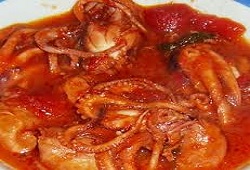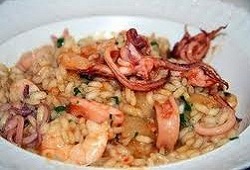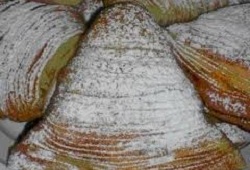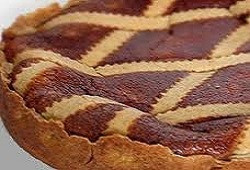
|
||||||||||||||||||||||||||||||||||||||||||||||||
|
|
Province of Napoli
The province of Naples is a magic place where colours, flavours, culture and history are intertwined in a charming mix of knowledge, joy and fun. The allure of the landscape, the beautiful islands that dot the blue waters of the Mediterranean like jewels, the energy of an extremely cordial people open the doors to the joy of living that pervades every inch of this land, whose popular songs and delicious recipes never fade.
Two places highlight and define the bay: the Sorrento Bay to the south and the magnificent area of Campi Flegrei to the north. The Sorrento Peninsula (Sorrento Coast) is one of the main tourist destinations of Campania and separates the Gulf of Naples and the Gulf of Salerno.
In the center of this arc lies Naples with the majestic Vesuvius right behind.
A surreal atmosphere, the charm of a distant past, wild nature, all surrounded by a wonderful sea: this is the Campi Flegrei Regional Park, one of the most evocative places of the whole bay.
The sites of Pompei and Ercolano are of great archeological value and famous worldwide for the extraordinary number of remains. Actually, the whole area is interspersed with finds from a distant past, especially those that witness the presence of the Roman emperors who first recognized the beauty of these places.
Not to mention the natural masterpiece created over the course of the millennia by the volcanic eruptions and lava flows that have drawn such a unique landscape: it is a reminder of the strength and grandeur of Mother Nature, against which man can do very little.
Finally, in a sea so blue that it blends with the sky, three islands - Capri, Ischia, Procida and a few islets - have unique identities and history. In the province of Naples one can experience the many aspects of a vacation, a must for every tourist.
Naples is a real treasure chest filled with art and history, indelible signs of the past domination, each of which has contributed to the building of this city that in the center encloses a heritage so rich it has been designated World Heritage Site by UNESCO. Four castles tower over the city. The different but well integrated architectural lines of Castel Nuovo, otherwise known as the Maschio Angioino, evoke the double role of palace and fortress that this building had during the domination of the Anjiou and Aragon families.
Nestled on the Vomero lies Castel S. Elmo, overlooking the street locally known as ‘spaccanapoli’ that divides the city into two sections. Finally, Castel Capuano, originally built as a fortress but subsequently renovated and turned into a residence for the aristocrats. Nearby, Porta Capuana, outlined by a marble arch, is the main entrance to the old town. The churches of the city are countless. The Cathedral, erected upon pre-existing buildings, over time has undergone radical modifications to repair the damages caused by the earthquakes, especially on the outside. Enrico Alvino, in 1800, opted for the vertical development that features the façade with spires, aediculas and cusps built around what had survived the earthquake. The interior, based on a Christian cross plan and three long naves divided by two rows of columns, hosts the famous Cappella del Tesoro di San Gennaro, the Chapel of St. Gennaro’s Treasure, which holds masterpieces made with precious metals and the two vials containing the blood of the saint. Another place linked to the Saint Patron of Naples is the Catacombe di San Gennaro with its frescos, mosaic and other valued artwork. A combination of architectural layers realized over time outlines the massive San Lorenzo Maggiore Basilica, built upon greek-roman remains, now restored and open to the public through the inner cloister.
The Sansevero Chapel is linked to the polyhedric personality of Raimondo di Sangro; the church is commonly called ‘pietatella’ and is a notable example of the merging of architecture and art. Famous is the Cristo Velato by Giuseppe Sammartino, which strikes the visitor for the extraordinary craftsmanship employed to design the shroud laid on the body of Jesus Christ. The art collections of noble families such as the Farnese and Borgia, and the many finds from Pompei, Ercolano and other areas of constitute the comprehensive heritage of the largest museum of ancient art of southern Italy: the National Archeological Museum, housed in the Palazzo degli Studi. The Palazzo Reale di Capodimonte, surrounded by a large park, hosts the Capodimonte Museum and National Galleries, an incredible collection of masterpieces by Tiziano, Raffaello, Correggio, Masaccio, Mantegna, Caravaggio and the Neapolitan masters. Amazing is the furnishing of the Royal Apartments, where there is the famous Porcelain ‘salottino’, a masterpiece of the Capodimonte Royal Factory whose production is partly on display in the Porcelain Gallery. This is the only museum to balance the classic with the modern art –such as Andy Warhol’s. The Museo Civico Gaetano Filangieri, in addition to a large collection of sculptures and paintings, hosts a vast array of European and Asian weapons, an invaluable numismatic collection and many precious porcelain items from the most important Italian and European factories.
The S. Carlo Theatre is behind the Palazzo Reale, a temple for music and classic ballet where famed artists such as Gioacchino Rossini and Gaetano Donizetti performed over the years. The Umberto I Gallery is just in front of the entrance of the theatre, with the marble floors decorated by fine geometric. Along Via Toledo, one of the main streets, there are the so-called Quartieri Spagnoli, built in 1500 by Don Pedro da Toledo as army billets and now a neighborhood with the most authentic Neapolitan spirit. The atmosphere that pervades the area can also be felt throughout the province, where an ancient mystique blends with the incomparable beauty of the environment.
In the area surrounding the Vesuvius there are Pompei and Ercolano, the ‘resurrected cities’, UNESCO World Heritage Sites thanks to the incredible value of the remains and the excellent state of preservation. A visit to the ancient Forum allows experiencing places such as the Casa del Fauno, a monumental structure with rooms dedicated to several activities, the Sacrario dei Lari Pubblici, one of the most interesting buildings of Pompei probably devoted to the gods protecting the city, and the Casa dei Vettii, with the interior decorated with precious paintings.
(Today visitors can still explore the remains of the House of the Faun, although most of the original artworks have been relocated to the National Archaeological Museum in Naples.) Driving southward, the visitor enters the beautiful Sorrento peninsula, a world of colours that range from the blue of the sea to the green dotted with the gold of the lemon trees. Surrounded by such a wonderful landscape lies Sorrento, whose beauty composed of history, nature and flavours is the mainland counterpart of the queen of these waters.
Capri, and her three Faraglioni guarding ‘her majesty’ and the many sea caves –among which the celebrated Grotta Azzurra.
Past the Posillipo promontory, from which the view is breathtaking...
...the visitor enters the volcanic area of the Campi Flegrei, a perfect combination of the work of nature and that of ancient civilizations. The crystal-clear sea that surrounds them is strewn with islands such as Ischia, an ideal place to get away from the everyday life thanks to the healing properties of its water that the Romans had already discovered. Spas equipped with all the comforts and located in a natural environment offer a wide variety of treatments for a vacation of total relaxation.
Different, but just as beautiful is Procida, surrounded by sheer cliffs interspersed with sandy beaches lapped by the Tyrrhenian Sea.
Fun is always guaranteed! The hard part is choosing what to do. There are so many opportunities in the province of Naples that the visitor will be tempted to try them all. Naples blessed by the sun conceals an underground city, dug first by the Greeks and subsequently by the Romans who built a massive aqueduct used until the 17th century. A tour guide will take the visitors on a journey through time in the Napoli underground, an itinerary through tunnels and findings such as the Greek-Roman Theatre..
Water, sun and nature provide countless possibilities for water sports, above and under water. In Baia, one should not miss the chance for a tour of the underwater villas decorated with mosaic, fish farms and the ancient Roman port that comprises the Underwater Archeological Park.
For the shopping lovers there is a wide choice of handmade creations and fun souvenirs of Naples and its people to take back home. In the streets of the centre there are workshops, shops and boutiques where one can buy almost anything from the terracotta statues of S. Gregorio Armeno (where during Christmas time the creativity reaches its apex) to fashion items such as leather accessories, neckties, shoes, gold and exclusive handmade umbrellas.
Just outside the city, in Torre del Greco, one will be able to buy jewels made with the precious red coral. Ercolano and Pompei provide a wide array of souvenirs reproducing the archeological finds and objects made with lava rock. Finally, Sorrento has a tradition of valuable finely inlaid wooden articles.
If one is seeking relaxation and wellness, there are many spas throughout the province, all highly specialized to proffer treatment packages to suit everybody.
And what about the ‘ragù’? The great Eduardo de Filippo, in one of his theatrical pieces, dedicated a poem in which he It is a thick sauce that is added to the famous lasagne and spaghetti or vermicelli 'al dente', perfectly cooked. Spaghetti with mussel or clam sauce, risotto alla pescatora, moscardini affogati, grilled fish, fried anchovies, fried or stuffed calamari are a few recipes that employ the fresh fish caught and sold every day on the docks by the fishermen.
Finally, as a dessert, a ‘sfogliatella’, crunchy pastry filled with ricotta, or some ‘pastiera’ (the most popular cake), or a rhum-filled babà.
These are masterpiece of the culinary tradition that must be served with a selection of the excellent local wines such as the Lacryma Christi of the Vesuvio DOC, or the Taurasia and the Greco di Tufo, all labeled DOCG. Naples main attractions | The islands | Sorrento Coast | The Region | The provinces > Naples | Caserta | Salerno | Avellino | Benevento | Amalfi Coast | The Hamlets > Nusco | Cusano Mutri | Atrani | Castellabate | Furore |
|

|
||||||||||||||||||||||||||||||||||||||||||||||
|
||||||||||||||||||||||||||||||||||||||||||||||||
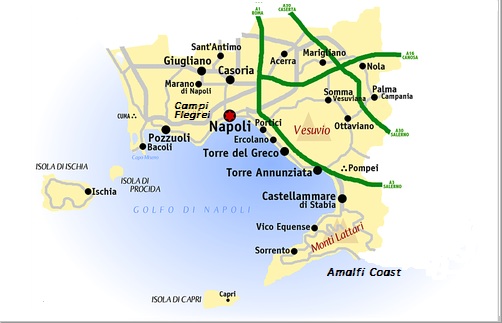
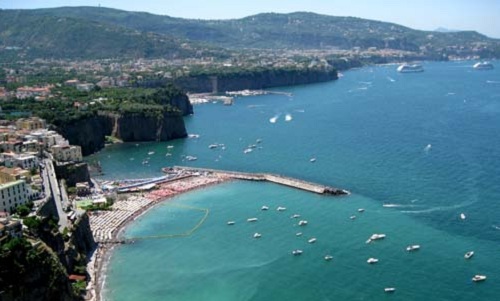
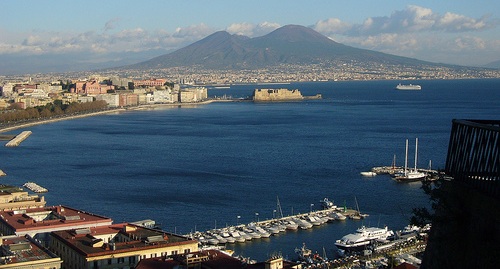
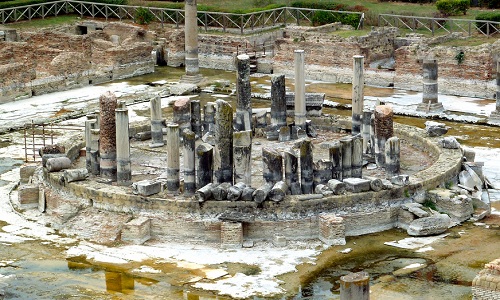
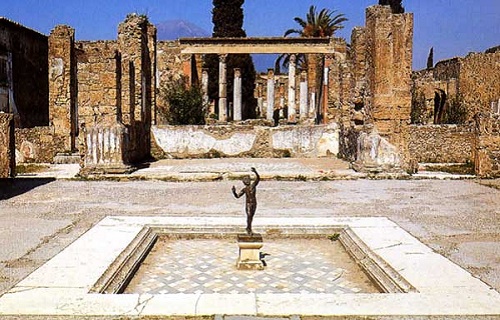
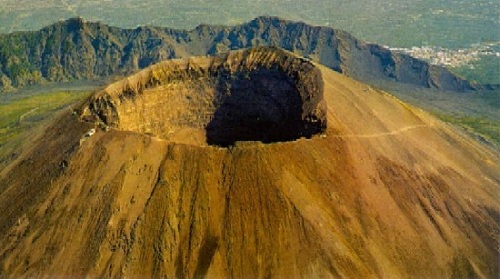
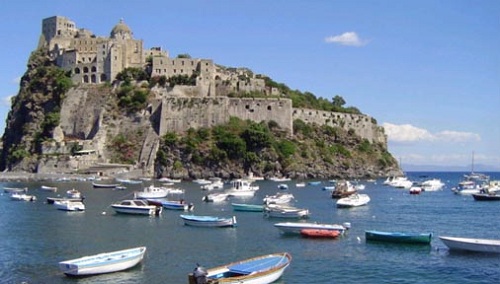
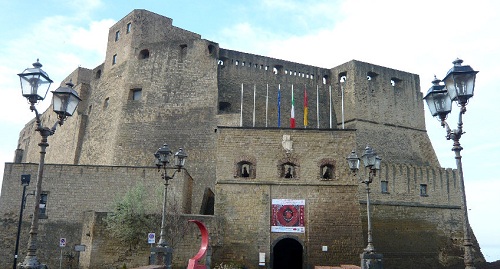
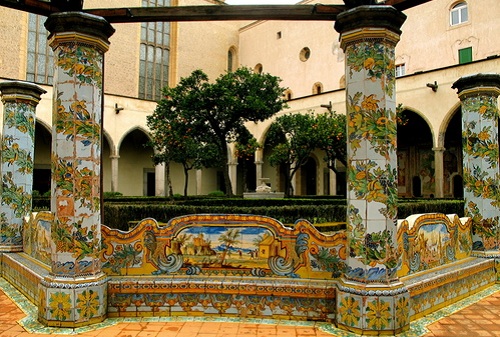
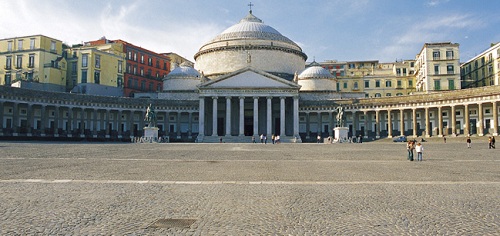
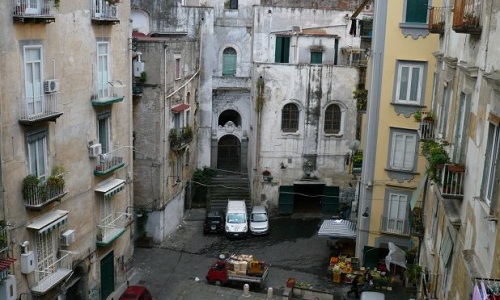
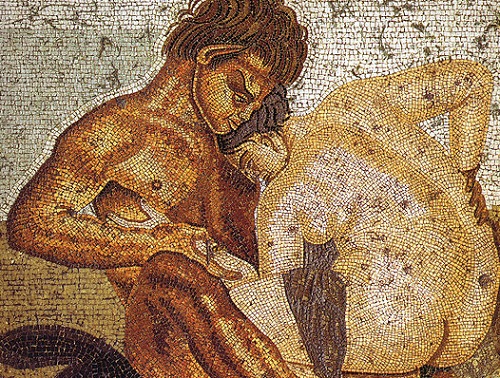

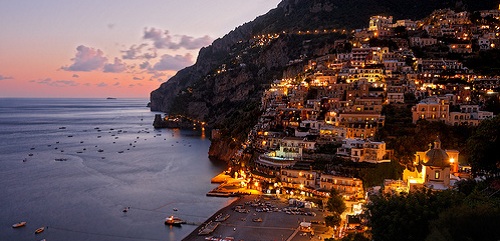
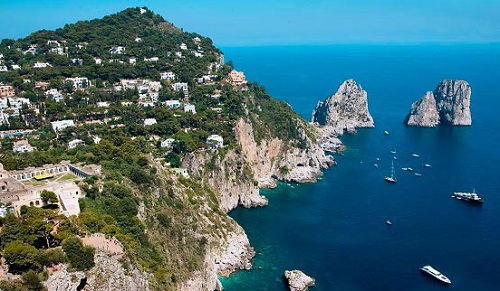
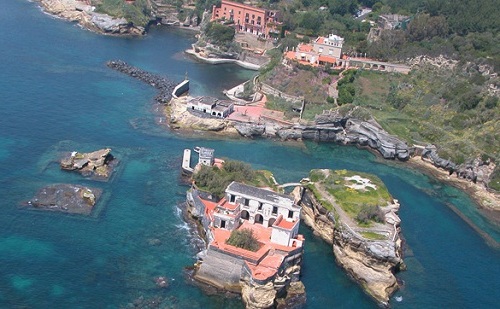
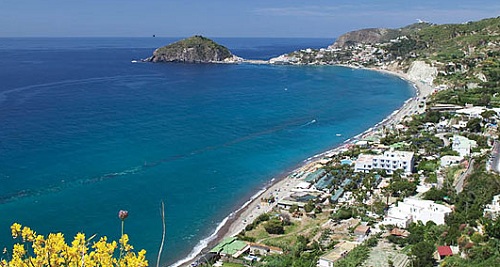
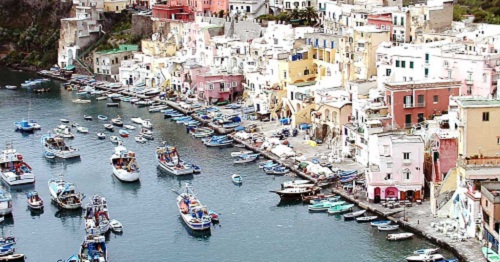
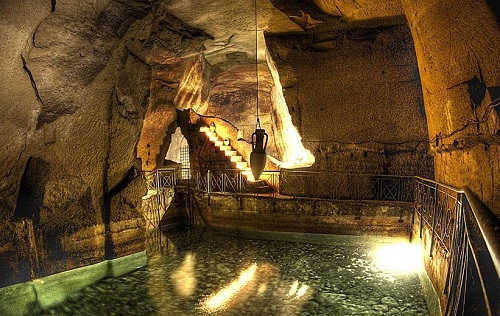
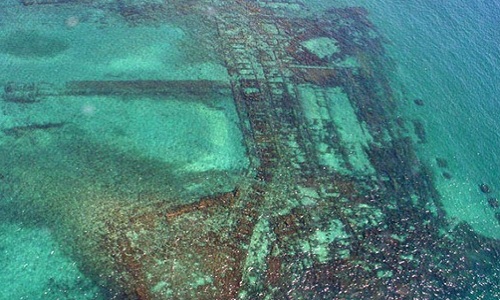
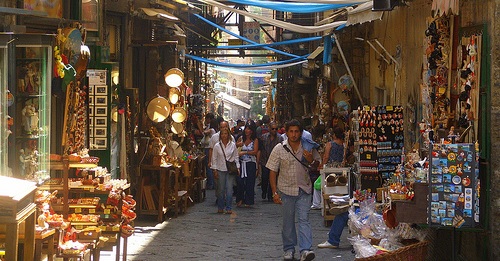
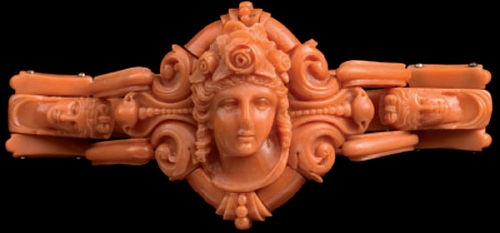

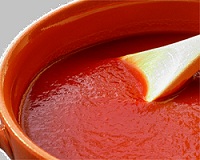 expressed all his nostalgia for the original Neapolitan ragù, different from what he calls “what is this meat with tomato sauce!”.
expressed all his nostalgia for the original Neapolitan ragù, different from what he calls “what is this meat with tomato sauce!”.